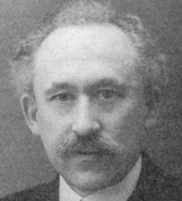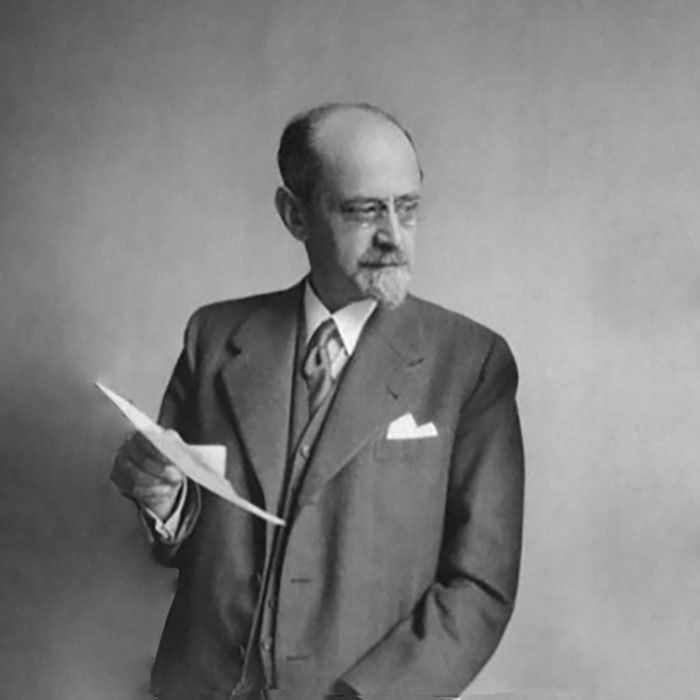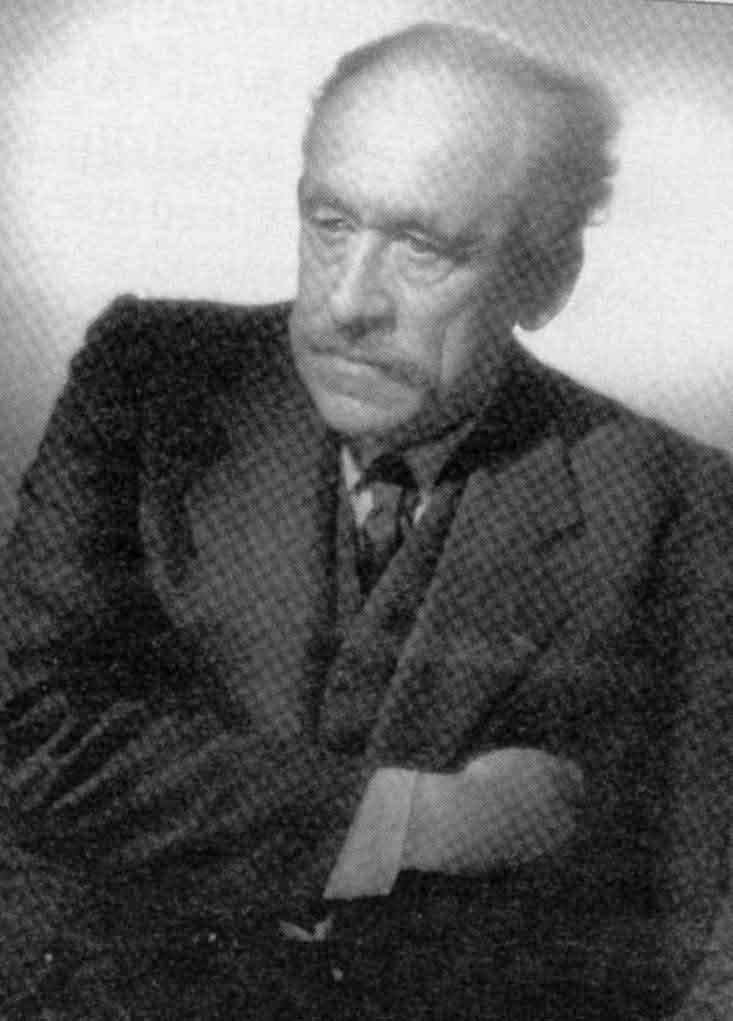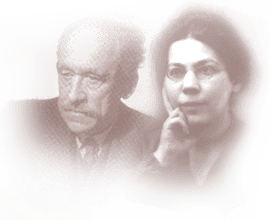Region Western Philosophy Notable ideas Personal elan Children Alexandre Minkowski | Name Eugene Minkowski Books Lived time Role Philosopher | |
 | ||
Main interests Phenomenology, Psychopathology Died November 17, 1972, Paris, France Influenced by | ||
Schools of thought Philosophy, Psychiatry | ||
Expo ose film 4 eugene minkowski responsable ose de la zone nord
Eugène (Eugeniusz) Minkowski ([øʒɛn mɛ̃kɔwski]; 17 April 1885 – 17 November 1972) was a French psychiatrist of Jewish Polish origin, known for his incorporation of phenomenology into psychopathology and for exploring the notion of "lived time". A student of Eugen Bleuler, he was also associated with the work of Ludwig Binswanger and Henri Ey. He was influenced by the philosophy of Henri Bergson and by the phenomenologists Edmund Husserl and Max Scheler. He was a prolific author in several languages and regarded as a great humanitarian.
Contents
- Expo ose film 4 eugene minkowski responsable ose de la zone nord
- Eugene Minkowski s conception of lived time AZinevych English with Polish transl
- Life and career
- Philosophy and psychopathology
- Major works in French
- Articles in French
- Articles in German
- Major work in English
- Articles in English
- Articles in Polish
- Articles in Spanish
- References

Eugene Minkowski 's conception of lived time (A.Zinevych, English with Polish transl.)
Life and career

Minkowski was born in Saint Petersburg, Russia, into a Jewish Polish family. He was second of the four sons of August Minkowski, a Warsaw banker and his wife,Tekla, née Lichtenbaum. When he was 7 years old, the family returned to the Polish capital where he attended school and started his medical studies at the Imperial University of Warsaw. However, due to political repression from the czarist government, the university was temporarily closed in 1905. He was obliged to continue his studies at Breslau University (3 semesters), at Göttingen University (2 semesters) and finally, at Munich University (3 semesters) where he obtained his medical degree in 1909. As a Russian subject, he went on to practice medicine in Kazan to obtain Russian certification, and while there, met his future wife, Franciszka Brokman, also a doctor and later known as 'Françoise'. They married in 1913. The couple settled in Munich, where Françoise pursued further work in psychiatry while Eugène took up the study of mathematics and philosophy, attending lectures by Alexander Pfänder and Moritz Geiger, pupils of Edmund Husserl. The outbreak of World War I forced them to seek refuge in Zurich with Minkowski's brother, Mieczysław (Michel). There, Minkowski and his wife both became assistants to Eugen Bleuler at the Burghölzli, a university clinic where Carl Gustav Jung and Ludwig Binswanger had practised earlier. In 1914 he finished a work entitled Les éléments essentiels du temps-qualité – The Essential Elements of Time-Quality. In 1915, the couple had a son, Alexandre Minkowski, later a pioneer of French neonatology and father of the noted orchestra conductor, Marc Minkowski, followed in 1918 by a daughter, Jeannine, a lawyer. In March 1915 he had enlisted as a medical volunteer in the French army. He saw action at the Battle of the Somme and at Battle of Verdun, where his bravery earned him several citations and military decorations, including the Croix de Guerre. He became an officer of the Legion of Honour and obtained French nationality. Of this period, Minkowski said:

"During the war we were waiting for peace, hoping to take up again the life that we had abandoned. In reality, a new period began, a period of difficulties and deceptions, of setbacks and painful, often fruitless efforts to adapt oneself to new problems of existence. The calm propitious to philosophic thought was far from reborn. Long, arid, and somber years followed the war. My work lay dormant at the bottom of my drawer".

After WW1, the family removed to Paris permanently and Minkowski returned to medicine and partially abandoned his philosophical pursuits. He worked on the perception of time as a vector in psychopathology, drawing heavily on his unpublished work on Bergson, whom he had known personally. In 1925 he became one of the co-founders of a movement and a journal in psychiatry, known as l'Ėvolution psychiatrique. In 1926 he wrote a doctoral thesis on "La notion de perte de contact avec la réalité et ses applications en psychopathologie" – The Notion of Loss of Contact with Reality and its Applications in Psychopathology, and began work at St. Anne's Hospital, a leading mental hospital in Paris. In 1927 he published La Schizophrénie on schizophrenia, followed in 1933, by Le Temps Vécu – Lived Time. In this, his only book published in English, Minkowski sought to use phenomenology as an approach to psychopathology. He proposed that the pathology of patients should always be interpreted in light of their experience of time. Unable initially to find a publisher he funded a thousand copies himself . It was eventually published by J.L.L. d'Artrey to whom Minkowski dedicated the new edition of the work. Minkowski was in the Resistance during World War II and directed the work of a charity to protect children from the Shoah, which saved thousands of Jewish children. In 1946 he gave one of the first Basel lectures on the psychological suffering during Nazi persecution and went on to testify as an expert witness in numerous subsequent lawsuits. He was the author of some 250 clinical papers and publications. Eugène Minkowski died in 1972. His funeral was attended by a large crowd, including his psychiatrist friend and collaborator, Henri Ey.
Philosophy and psychopathology
Philosophically, Minkowski was influenced by Bergson and the phenomenologist Max Scheler, who had developed separate accounts of Time, (see Bergson's 1889 work Time and Free Will and his analyses of the irrational nature of time). Following Bergson's account of élan vital, Minkowski developed what he named as vital energy, an account of the essence of time. He was also attracted by the practice of the Swiss psychiatrist, Eugen Bleuler and attempted to synthesize ideas from psychiatry with philosophy, taking an approach similar to Karl Jaspers'. He introduced phenomenology as part of his investigations into psychopathology. He sought thereby to explain the experience of patients who appeared to suffer from distortions of time and/or space. Minkowski's first research into the psychopathology of schizophrenia was inspired by Bergson and appeared in his 1927 work La Schizophrénie, which he thought was "due to a deficiency of intuition, a sense of time and to a progressive hypertrophy of the grasp of spatial factors". Based on his dissertation, he considered that schizophrenic patients display a "loss of vital contact with reality" unlike others who experienced life as a "lived synchronism" or what he called "syntony", a notion borrowed from Ernst Kretschmer. According to R.D. Laing, Minkowski made "the first serious attempt in psychiatry to reconstruct the other person's lived experience" and was "the first figure in psychiatry to bring the nature of phenomenological investigations clearly into view". He is quoted on the first page of Laing's classic The Divided Self:
"Je donne une œuvre subjective ici, œuvre cependant qui tend de toutes ses forces vers l'objectivité." I offer you a subjective work, but a work which nevertheless struggles with all its might towards objectivity.
He was awarded honorary doctorates by the University of Zurich in 1955 and the University of Warsaw in 1965.
Major works in French
Articles in French
Articles in German
Major work in English
Articles in English
Articles in Polish
These include:
